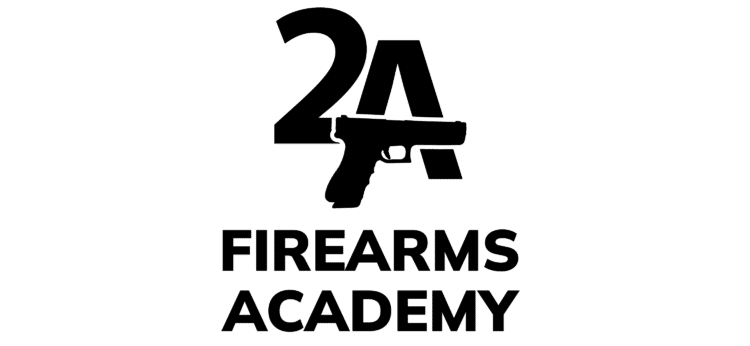Your Mind: The Ultimate Weapon
Your mind is the ultimate tool for self-defense—it requires no permit, can’t be confiscated, and is always with you, concealed but ready. What makes professionals so adept at detecting and assessing a potential threat in an instant? Better yet, how do they learn to spot it, hear it, and even sense it before danger closes in?
Today, people generally fall into one of two categories. The first group consists of individuals who either ignore or remain unaware of the likelihood of harm befalling them. They go through their day unprepared, believing, “It couldn’t happen to me.” The second group, however, is equipped and vigilant, accepting that being aware and prepared could make a life-saving difference.
Learning to harness the power of your mind for self-defense places you in the latter group. It provides the knowledge needed to decrease your vulnerability, ultimately serving as your best form of protection.
The Most Effective Weapon: A Prepared Mind
Ask any professional in personal security, and they’ll tell you the same thing: your mind is your most powerful weapon. Recognizing what to look for, understanding the importance of paying attention to the smallest details, and knowing what to do once you’ve identified a potential threat are all crucial to avoiding harm. In most cases, mental preparedness allows you to remain proactive, giving you the upper hand to anticipate and, at times, prevent threats before they manifest.
A “threat” generally refers to any observable behavior or human activity that, if allowed to progress, could endanger you or those with you. These actions often have distinct patterns that make them recognizable early on. In the hands of someone practiced in awareness, identifying a threat is often the first step toward taking control.
Recognizing Potential Threats
The first, most immediate tool we have for identifying threats is situational awareness—always staying attuned to our surroundings. Situational awareness means actively paying attention to what’s happening around you, helping you to stay ahead of any “action-reaction” cycle. You can spot potential risks before they become immediate dangers.
Trained protection professionals rely on situational awareness as a primary strategy. By remaining observant, they can eliminate the element of surprise that a threat often relies on. The more you interact with and stay connected to your environment, the more control you have in potentially high-stakes situations. When you’re alert and aware, you communicate confidence and readiness to others, which alone can discourage someone from targeting you.
Key Indicators of Threats
If you’re not aware of something, it’s invisible to you—and what goes unseen can sometimes pose the greatest danger. Detecting a potential threat means using situational awareness to observe indicators that might be easy to overlook. This awareness can buy you valuable time to respond or even remove yourself from the situation entirely.
Once you recognize a threat, you can take the best course of action to handle it. But how do you spot these early signs? It starts with recognizing specific behaviors known as “threat indicators.” These observable actions or movements suggest a situation may be heading in an undesirable direction. Typical threat indicators include body posture, eye contact, and movement patterns.
Body Language and Posture
An individual’s body posture often reveals their intentions, especially if they’re considering aggression. Skilled professionals can recognize signs of potential threat by observing someone’s physical stance and movements.
Most people you encounter have a relaxed stance, with open body language and a safe distance of about an arm’s length or more. They may “offer you their centerline,” meaning they face you directly, which is a sign of non-threatening openness. However, if someone is standing in what’s known as a “bladed” position, with one foot set back and the other forward, they’re positioning themselves for quick movement or a potential strike. This stance offers better balance and leverage, which could signal an intention to engage aggressively or defensively.
Eye Contact and Focus
Eye contact, or the lack of it, can reveal a great deal about intent. In ordinary, non-threatening interactions, people tend to make brief, casual eye contact without any intensity. But if someone stares at you intently, tracking your movements, they may be sizing you up. This kind of behavior, sometimes called “the hairy eyeball,” stands out because it doesn’t match normal, friendly eye contact.
If a person is visually assessing you with intensity, it’s often the earliest indicator of an emerging threat. This form of eye contact may feel invasive or intense, and it often conveys potential intent. Someone looking at you with predatory focus might be contemplating their next move, making this a key warning sign.
Movement Patterns and Intercept Courses
Most people spend their day focused on personal tasks—shopping, running errands, or heading to a specific destination. But when someone’s movement patterns shift in response to your own, or they alter their focus to track your actions, this can signal a potential threat.
Imagine noticing someone watching you closely. If you decide to quicken your pace, and they match it, this could be another serious threat indicator, suggesting they’re attempting to intercept you. An intercept course means they’re trying to position themselves in your path, potentially preparing to confront or approach you in a way that limits your options.
Staying Ahead by Recognizing Warning Signs
Recognizing threat indicators and interpreting them through situational awareness gives your mind crucial information from your environment. Each indicator serves as a warning to help you stay ahead of potential threats. Learning to recognize these subtle cues prepares you to react quickly and keep control, ultimately helping to make you a less vulnerable target in everyday life.
